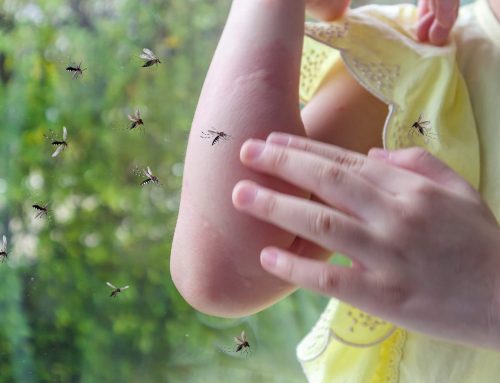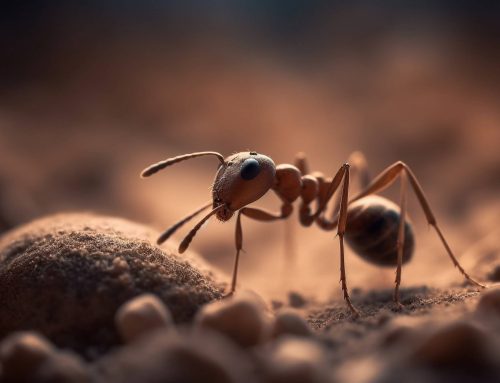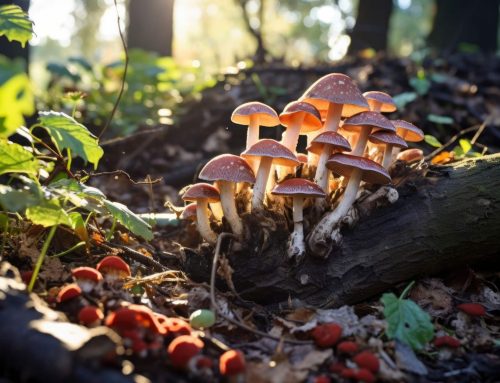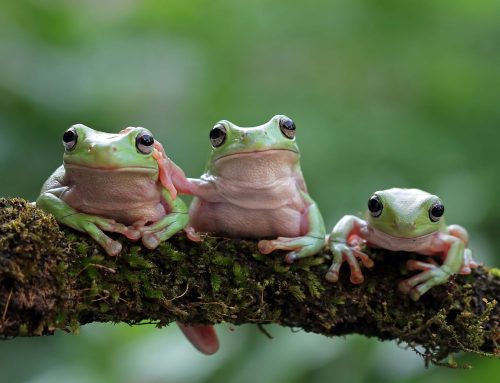Insect eggs can be hidden in many unexpected places. From small white eggs in the soil to bug eggs on a leaf, insects are good at hiding their babies to protect them from the elements or other predators. However, the good news is that not all bug eggs mean that your lawn or landscaping has an infestation. In this article, we’ll cover identifying insect eggs in your garden, common signs of pest infestation in plants, and how to remove tiny balls or eggs from the soil if you spot an infestation.
Common Signs of Pest Infestation in Plants
To know if your landscaping is infested, you first need to know the most common signs of pest infestation in your plants. If you don’t see any bugs, but you’re seeing these things happen to your plants, your landscaping is likely experiencing some sort of pest problem.
Wilting and dropping – Sap-sucking pests will feed on your plants’ nutrients until they are depleted. This causes them to droop or wilt.
Discoloration – Nutrient loss can also make it hard for your plants to produce pigment. Spots or streaks may form and are a sign of an infestation.
Stunted Growth – If a plant is weakened, it will use its remaining energy to heal itself instead of producing plant growth.
Holes- This is one of the most obvious signs of an infestation. Holes are the result of pests directly eating the leaves of your plants or lawn.
Identifying Insect Eggs in the Garden
From dark eggs laid by female stink bugs to white fuzzy patches from stem borers, insect eggs come in a variety of colors and textures. In this section, we’ll focus on the two most common types of insect eggs you’re likely to find in your garden.
Yellow Eggs – Spider mites eggs start off translucent and eventually turn a creamy, yellow color before hatching. This type of insect infects over 180 species of plants from fruits and vegetables to landscaping plants. To remove these insect eggs, you can wipe the eggs off each leaf or apply a solution of essential oils including spearmint or rosemary to kill and prevent future infestation. The other common, yellow-egged insect eggs come from aphids. These are often found on milkweeds and rose bushes and they can make it very difficult for monarch butterflies to feed on milkweeds and flourish. Using a forceful water stream on your plant’s leaves can help remove the eggs.
White Eggs – Cutworm eggs often show up on weed or grass stems and even in the surrounding soil. Cutworms frequently dig into the soil during the day and feed on the plants at nights. To help protect your lawn and plants, try to weed and mow your lawn regularly. Whiteflies tend to lay their tiny white eggs on the backsides of leaves, and they can produce up to 400 eggs. To get rid of whiteflies, you can vacuum up their eggs or use an insecticidal soap or horticultural oil.
How to Remove Tiny Balls or Eggs from Soil
A great way to stop infestation of insects in your soil to take preventative measures to control or eliminate larvae, eggs, and adult pests. Neem oil, which contains azadirachtin, is very effective against pests that live in the soil but does not affect friendly creatures such as earthworms and microbes. Adding neem oil directly into your soil can act as a first defense against any pests that lay their eggs in the ground.
If you think you may be facing an infestation in your garden or landscaping, or are having difficulty removing pests from your landscaping, its best to speak to an experienced landscaping team. At Cutters Edge, we use Integrated Pest Management (IPM) as an effective and environmentally sensitive approach to pest management. Get in touch today to learn more about how we can help improve your landscaping!





